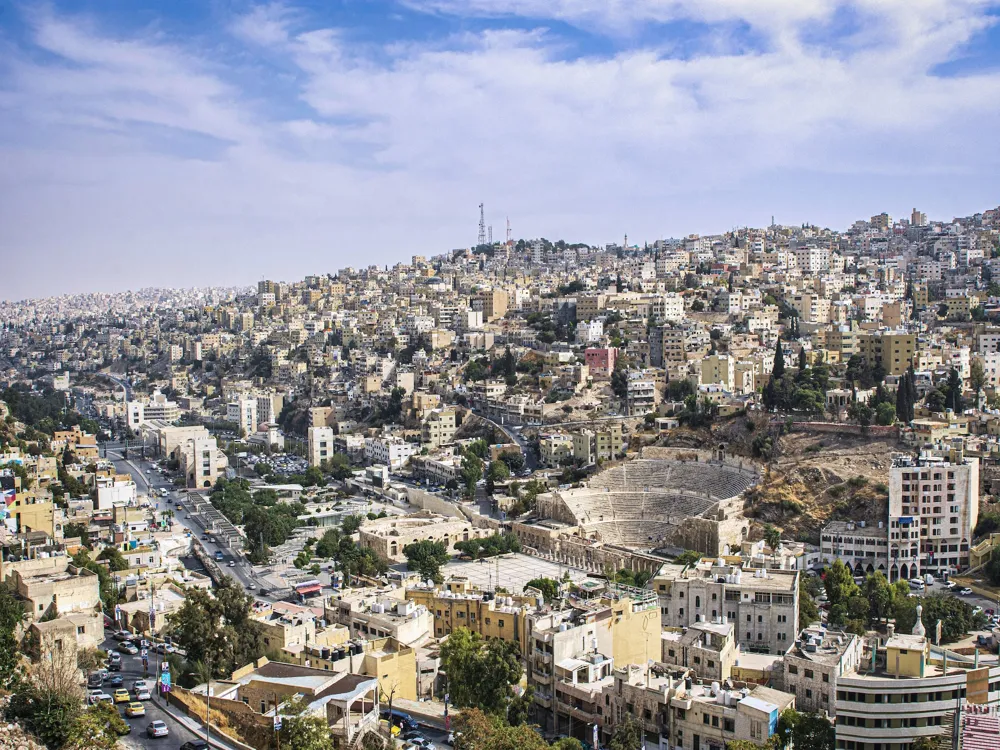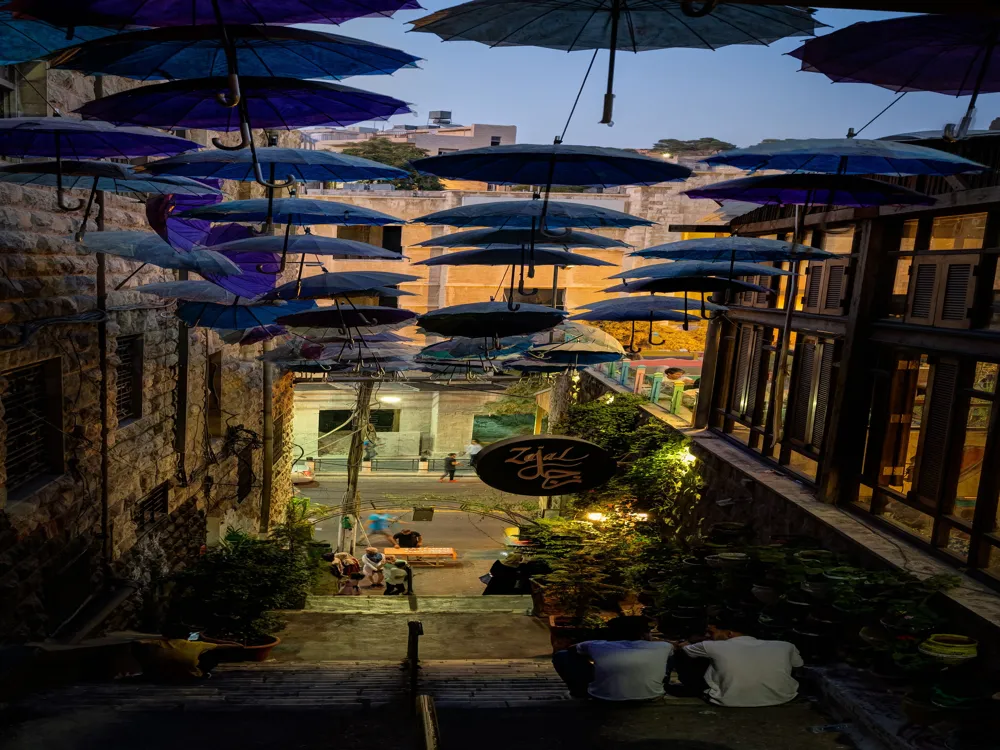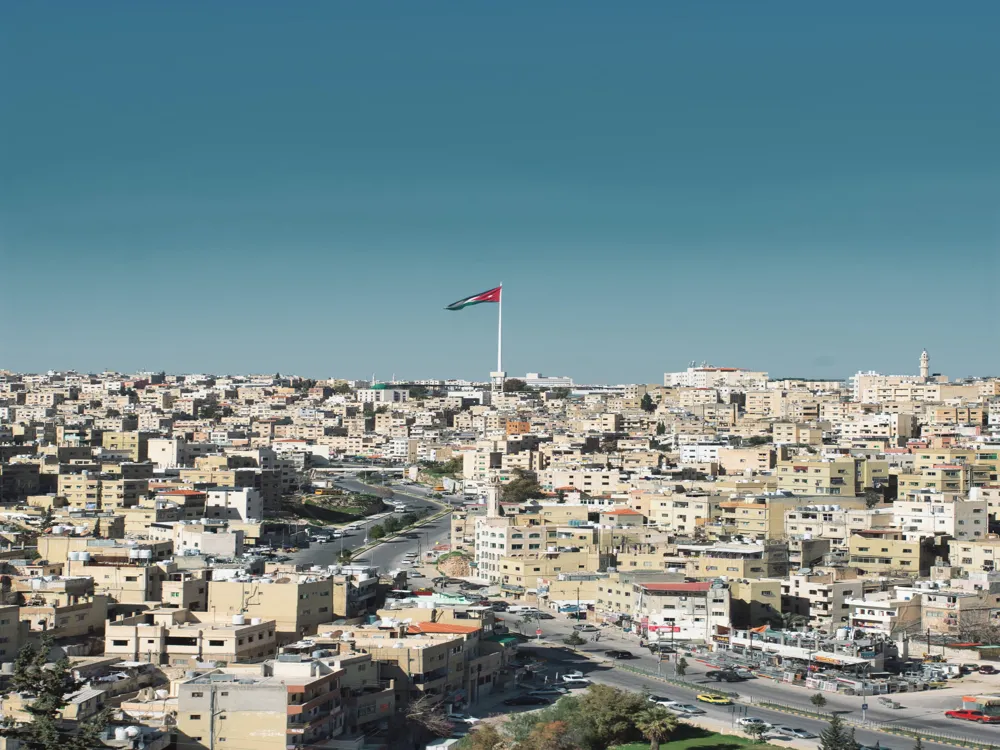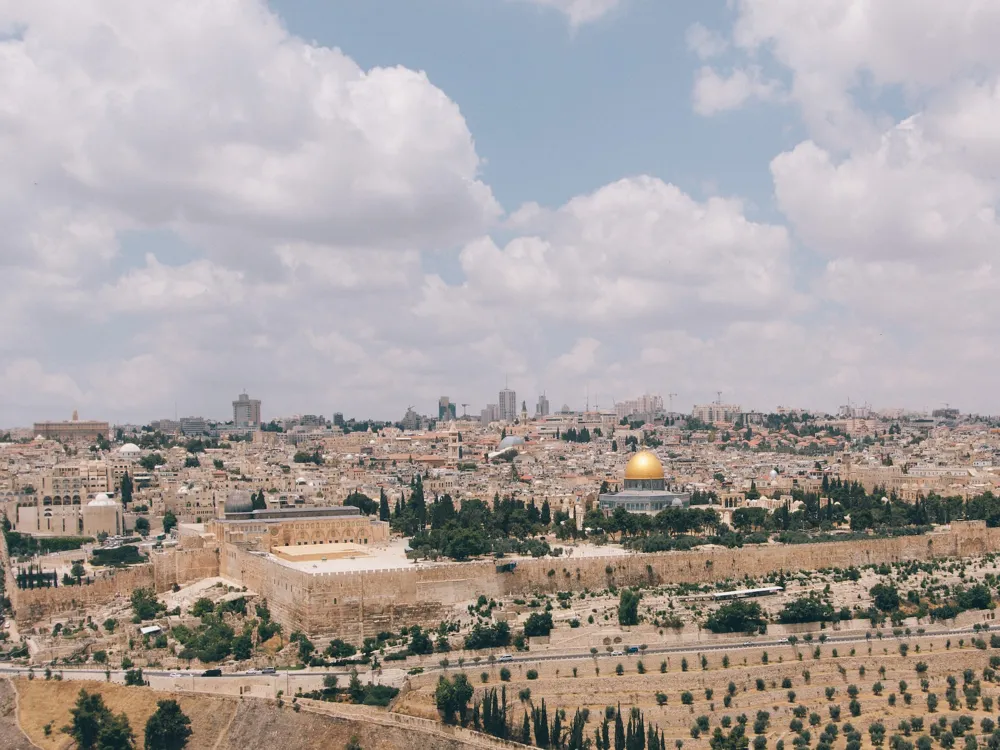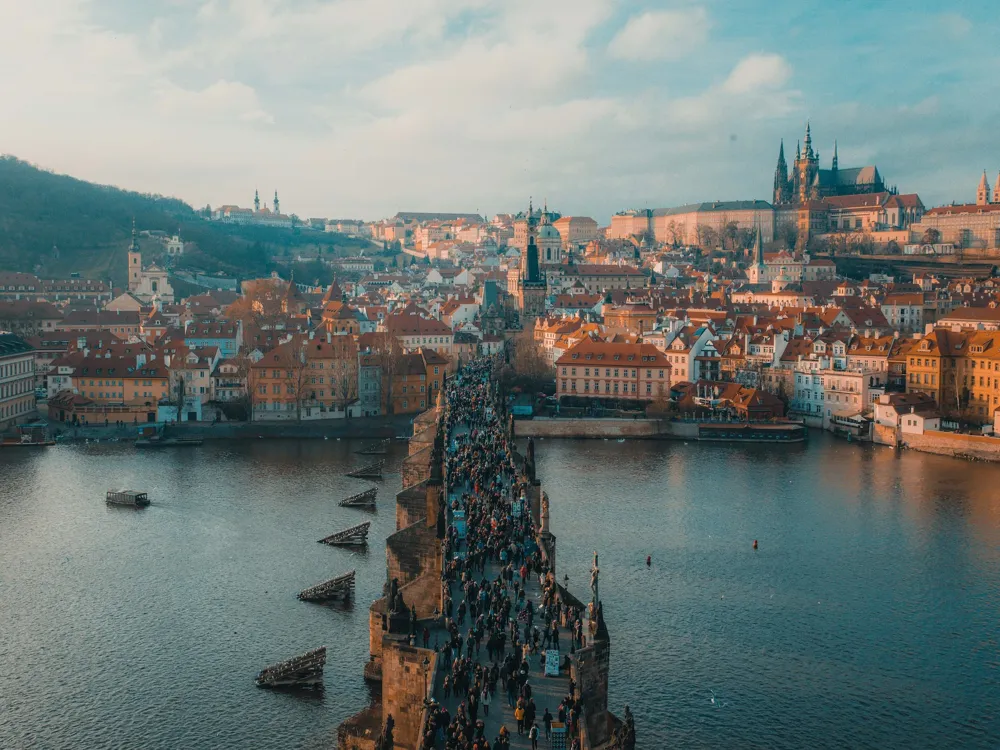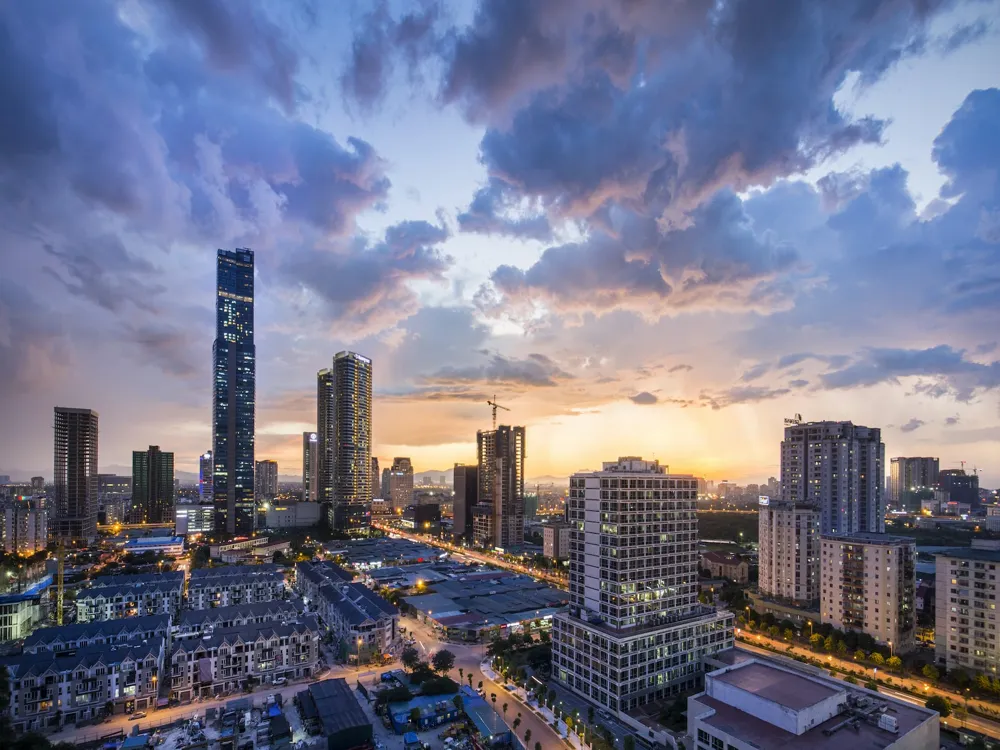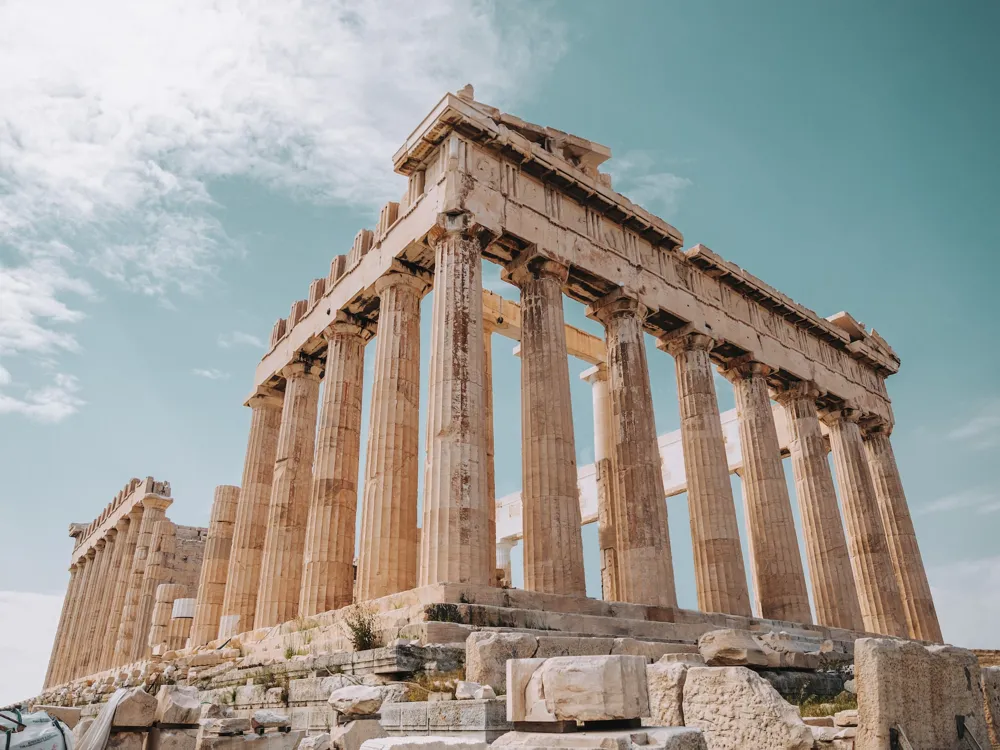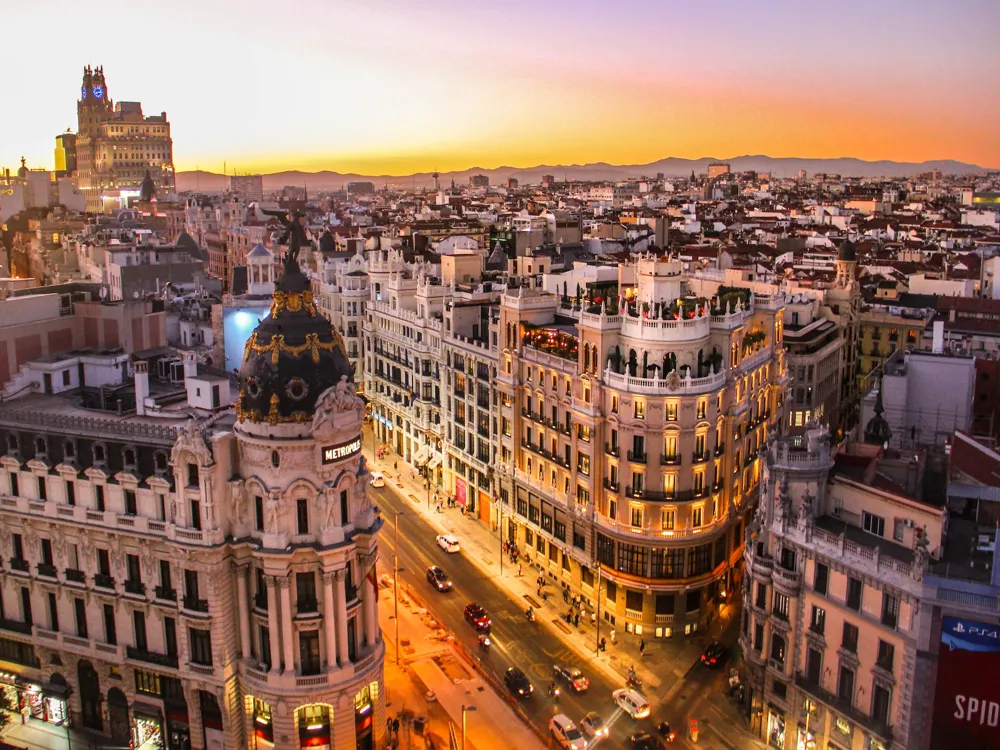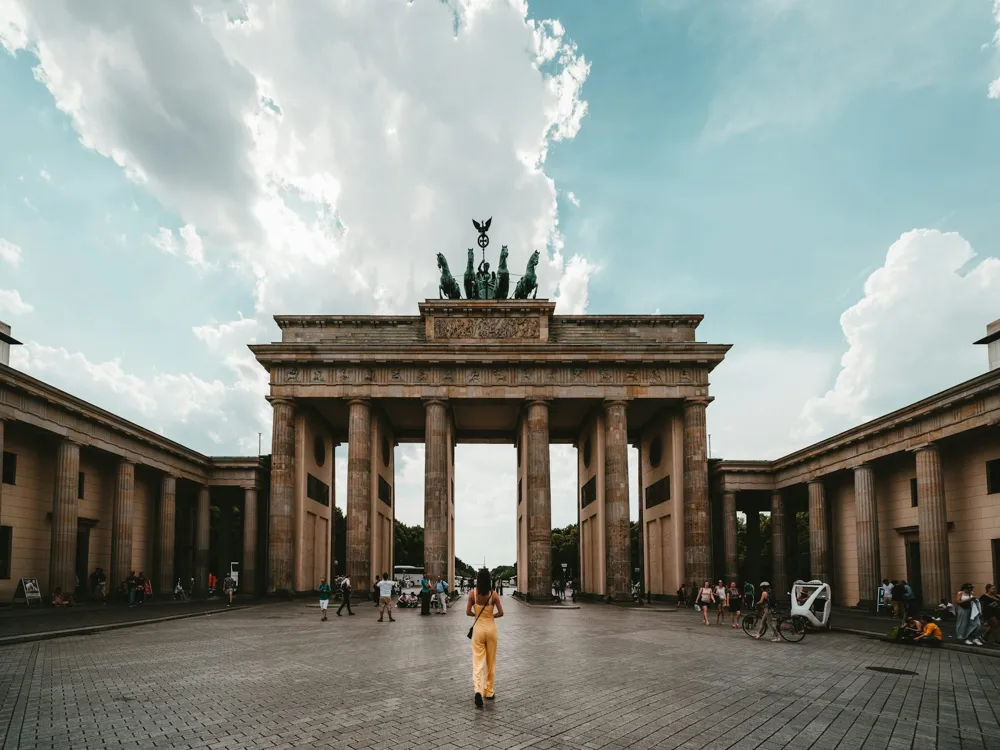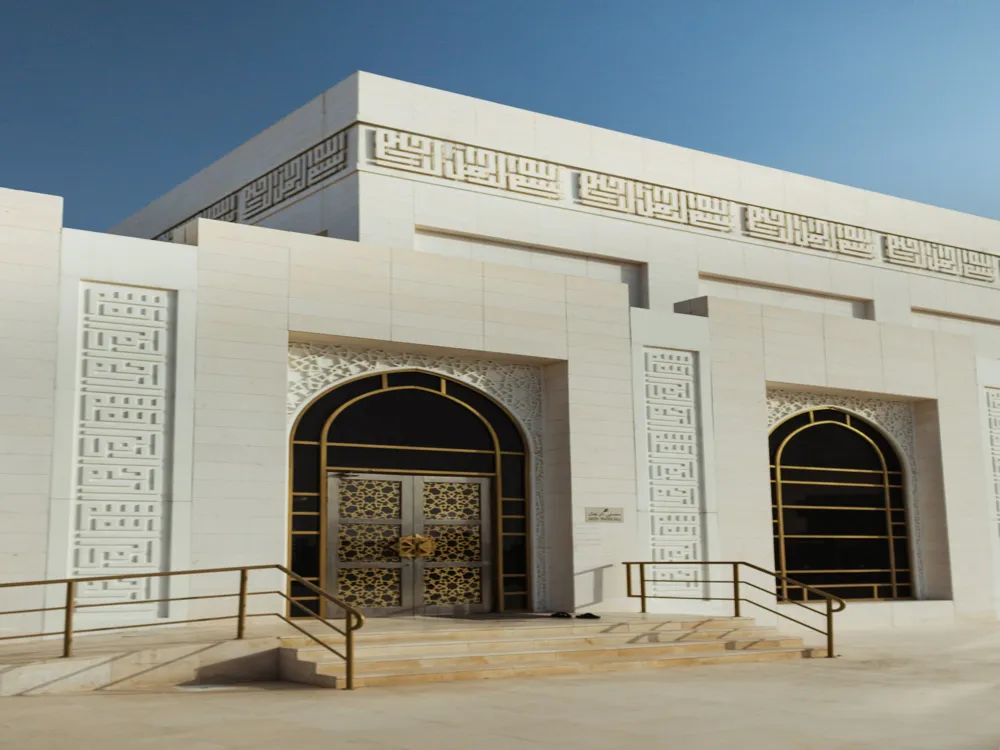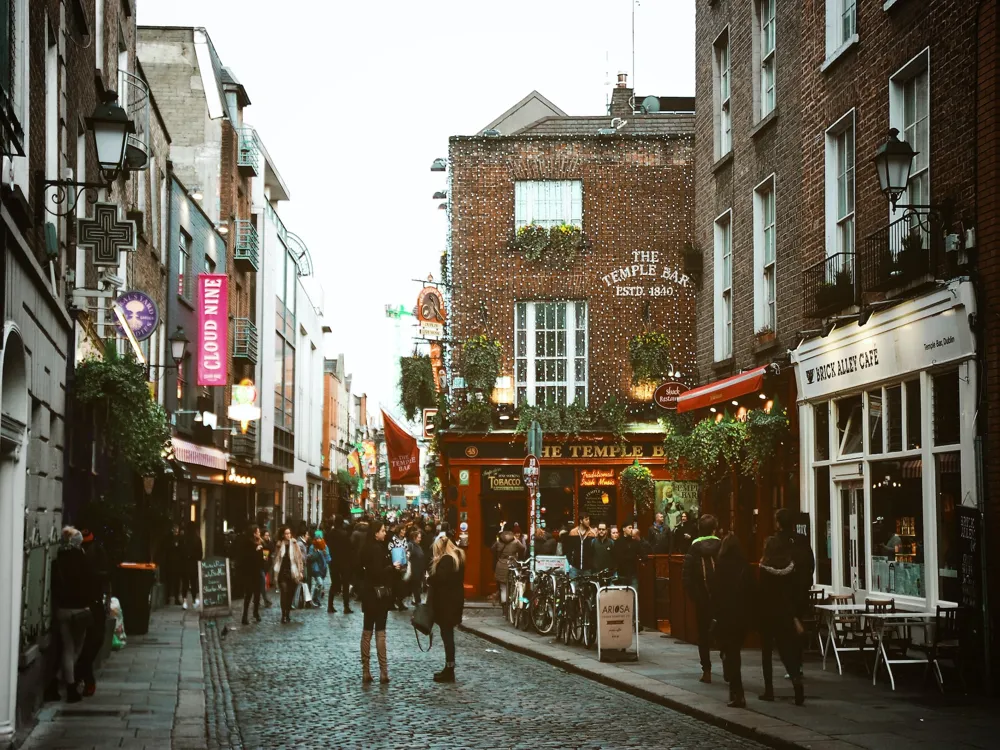Plan Your Travel To Amman
Places To Visit In Amman
King Abdullah I Mosque
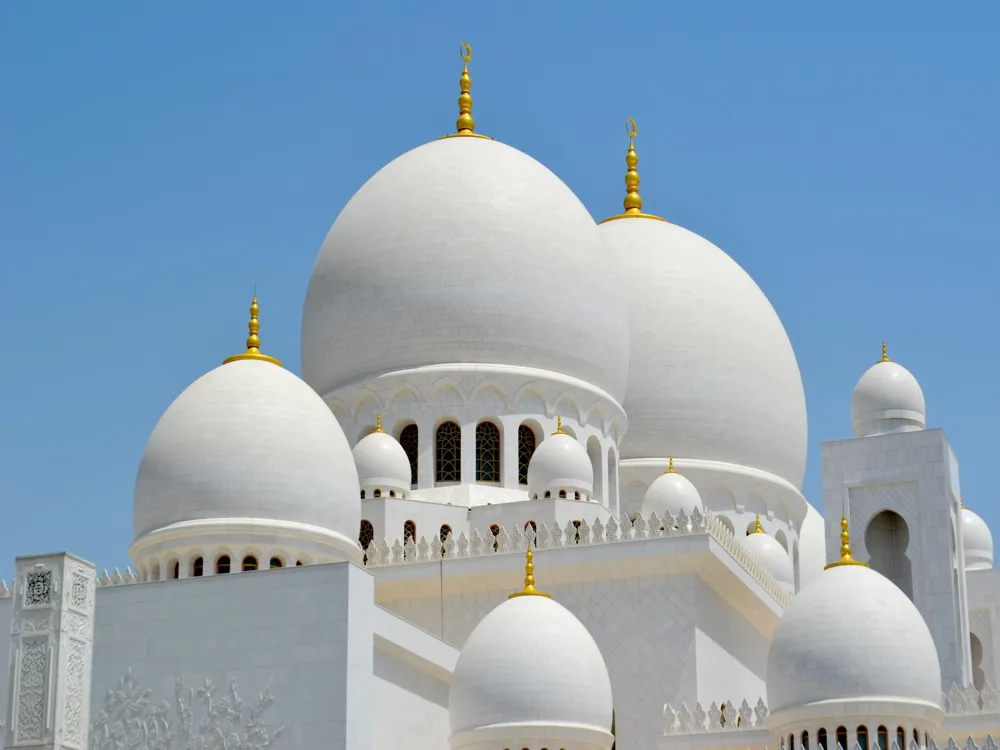
King Abdullah I Mosque is located 3 km east of the Amman citadel and is known best for its magnificent blue dome and soaring minarets. It is the only mosque in Amman which welcomes non-Muslims. It also houses the Islamic Museum which displays many of King Abdullah’s personal items and ancient pottery and coins.
The museum is divided into two parts - one showcasing the manuscripts and monuments of King Abdullah and the other displaying Islamic artefacts of different eras in Jordan. King Hussein built the mosque as a tribute to his grandfather, the first King of Jordan. It is a must-visit to understand contemporary Muslim architecture and learn about the royal family. The mosque also has a fully furnished library with over 20,000 books. It can be reached from anywhere in the city by taxi and is only a few minutes walk away from the Abdali bus station. There is also a separate women’s section that can host up to 500 worshippers.
Read More
Martyrs Memorial

The Martyrs Memorial or Sarh Al-Shaheed is a memorial and museum situated next to the Amman Sports City in Amman. It is often known as the national army museum and pays homage to the martyrs who lost their lives in service of the country since the Great Arab Revolution of 1916. Within the museum is the tomb of the Unknown Soldier. In addition, one can watch the Change of Guard ceremony, which is held every day. An ID is required to enter the museum.
It was built under the directives of King Hussein and is home to a multitude of weapons, vehicles and clothing items used by Jordan’s military. The front yard displays military weapons and cannons like Marmon Herrington, an AH-1 Cobra helicopter, and Saladin used in different wars. In the backyard is a Hunter Hawk warplane used in the 1966 Battle of Samu by the Royal Jordanian Air Force. Some exhibits provide information on Jordan’s UN peacekeeping activities. The Martyr’s Hall outside has several marble plaques with the names of the martyrs inscribed. The museum’s facade features verses from the Holy Quran painted in gold letters.
Read More
Millennium Park
The Millennium Park is located in Qasabat Az Zarqa, Baraka, Amman. A nice and clean park it has two playgrounds, one for toddlers and the other for the older children. There is also a sand playing area and a playground with swings, slides, and more. Even though the park is relatively small, it is one of the cleanest and most well-maintained parks in Amman.
The Millennium Park is perfect for families with children, as kids undoubtedly enjoy the open spaces, playthings, and the company of other kids to interact with. Adults can enjoy the greenery and fresh air as they take a stroll down the well-kept walking pathways. Good for family picnics or play-dates, Millennium Park also has eateries for quick snacks and drinks. It is crowded on weekends and is a no-smoking area.
Read More
Odeon Theater

The Odeon Theater in Amman is an amphitheatre and one of the city’s 3 Roman structures situated to the east of the Hashemite Plaza. It is a small semi-circular theatre with a seating capacity of about 500 built around the 2nd century CE. It is an excellent spot for photography, especially at twilight.
Odeon translates to “singing place”, and the Odeon Theatre was used for musical shows, poetry readings, lectures, debates, singing exercises and more. It is now mainly used for concerts such as the annual Al-Balad Music Festival featuring bands from Jordan and outside the country. It is believed that a wooden roof once covered the theatre. Close to it, on the southern side of the Plaza, is the bigger Roman Theater with a capacity of about 6,000 seats that is also known to host the Music Festival along with the Odeon Theater.
Read More
Qasr Al Abed

The Qasr Al Abed is an impressive castle ruin located in the Wadi Seer, a few kilometers from the Iraq Al-Amir village in Amman. Built 2200 ago, it is one of the structures that date back to even before the Roman Empire. A small museum is also located here. A day trip to Qasr Al Abed is pleasant and quiet as it is usually not too crowded.
The two-story building has many stunning animal cravings. Some of these include the lions on the side of the palace, the leopard fountains, and the eagles on the corners. Though not much is established about this Hellenistic palace, it is believed that it was built by a powerful Jewish family called Tobiads. It is also believed that the palace was unfinished before an earthquake in 365 AD destroyed it. However, with restoration work, the palace offers some splendid insights into the architecture and history of its time. It was also built using some of the biggest single rocks used in Middle East buildings. The largest single block found here is seven by three meters. Also, earlier Qasr Al Abed was reached after crossing a dam and could be accessed through a large gate. Today, this area is found on the roadside, covered with shrubs and bushes.
Read More
Qasr Kharana

Qasr al-Kharana is a magnificent desert castle built in the 8th century AD and located about 60 km from Amman. Quite close to the border of Saudi Arabia, this Umayyad building is set on barren land and is one of the most photogenic locations in Jordan. It houses about 60 rooms that surround a central courtyard with a rainwater basin.
It is a two-storey square-shaped structure, the entrance to which lies on the southern side. The area is fenced off, and there is a visitor’s centre on the side of the entrance. Some of the rooms feature pilasters, blind niches, medallions, Arabic graffiti and stones with Greek inscriptions, indicating that this building was perhaps built on the site of a Roman or Byzantine residence. Some corridors on the second floor that overlook the courtyard don’t have guardrails, so be careful while walking. Close to the castle is a Bedouin tent where one can find some souvenirs and get a beverage. Restroom facilities are available too. There is no public transportation around, so the only way to get here is by car. There is a dirt parking to the south of the entrance linked to the highway by an unpaved driveway and is large enough for cars and buses.
Read More
Raghadan Palace

Raghadan Palace, located in the Royal Court in Amman, is a grand palace that belongs to the royal family of Jordan. It is famous for its Throne room fresco and ornate woodwork. Another highlight is the flagpole, one of the tallest flagpoles in the world, standing over 400 feet. Unfortunately, the public is not allowed inside, but the view from outside is quite spectacular.
It has a stunning facade constructed in traditional Islamic style with coloured glass windows modelled after the al-Aqsa Mosque. The Palace is now mainly used to host ceremonial events such as diplomatic meetings with visiting heads of state. The Royal Court of Jordan is located near the Marka airport and can easily be visited by taxi.
Read More
Rainbow Street

Rainbow Street in Amman is a stretch of road lined with restaurants, cafes, shops, and more. Formerly known as Abu Bakr al Siddiq Street, it is located on Jabal Amman. The colourful street begins at the First Circle up to the Mango Street. Sip hot tea or coffee at any cafe, or try authentic Middle Eastern cuisine or mansaf (the national dish of Jordan). There are also souvenirs shops and shopping stores here.
One of the best streets to walk on, the Rainbow Street offers great views of the city landscape. Also, watch the amazing city views from the terrace of cafes and restaurants. From mid-May to September the end of Rainbow Street becomes Souq Jara, an open-air market that sells products ranging from clothes to décor. The Wild Jordan Center houses restaurants and pubs and is a popular landmark on Rainbow Street. The street also passes important buildings, such as the cinema theatre after which the street is named, the British Council, the al-Mufti House, and more. Though there are no nightclubs, there are some lounges where a shisha can be enjoyed.
Read More
Roman Nymphaeum

The Nymphaeum is a public fountain found in the heart of Amman. Built during the Roman Empire in the 2nd century CE, it is relatively well preserved today. It is located on Al-Hashemi Street, southwest of the Odeon and a close distance from the Roman Theatre and Hashemite Plaza.
In the Nymphaeum, there were water channels, fountains, and a 3m pool where the water from the spring was collected. Today, though there is no water, most of the bricks and grey stone structures remain. The Corinthian columns still stand and there are also the remnants of the arch. One can see the floor and shape of the pool, though the pool floor is moss-covered. Since 2015, restoration has work begun on the Nymphaeum. Amman was called Philadelphia in the Roman and Hellenistic periods. Thus, the Nymphaeum is also referred to as the old public fountain of Philadelphia.
Read More
Royal Tank Museum
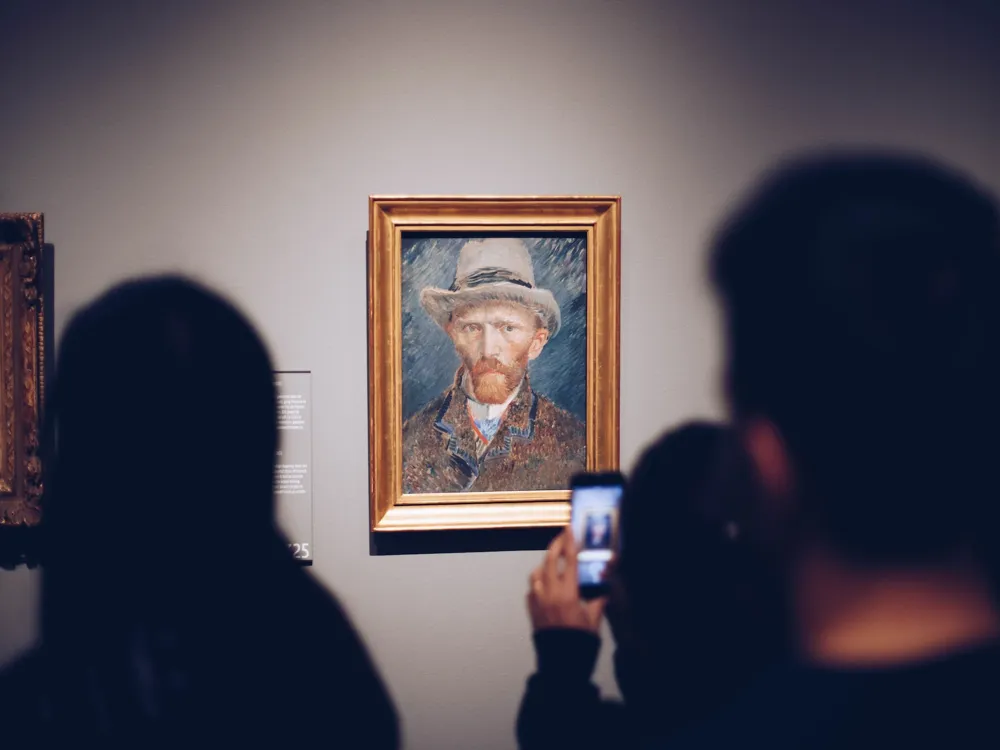
The Royal Tank Museum is the first specialised tank museum in Jordan and one of the only tank museums in the world. It is situated within the King Abdullah II Park in Amman. Built under the orders of King Abdullah, it houses over 140 tanks and other military vehicles that are displayed in chronological order across thirteen halls. Visitors can also play the World of Tanks online action game in the museum’s gaming area.
Some of its other exhibits include trucks, jeeps, motorbikes, personnel carriers, etc., some of which were used in Jordan’s military conflicts. The exhibits are interactive and provide ample information on the different military equipment displayed here and Jordan’s past wars. There is also an actual sectionised tank here that allows visitors to know its interiors and the amount of space crew members usually have. They can also climb onto three other tanks and take pictures. Different military vehicles and historical tanks are driven across the museum track, which is open to visitors each summer. In addition, guided tours for groups and individuals are offered at the museum.
Read More
Amman Travel Packages
View All Travel Packages Amman
Nearby Places Amman
Browse Package Collections
Browse Hotel Collections










